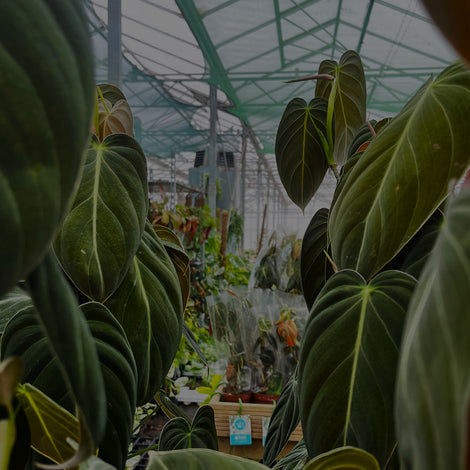Mastering Orchid Care: Essential Tips for Thriving Houseplants
Welcome to the world of orchids, where beauty and complexity blend seamlessly. Orchids are renowned for their stunning blooms and unique appearances, making them a favourite among houseplant enthusiasts. This blog is designed to guide you through the essentials of orchid care, ensuring your indoor orchids not only survive but thrive.
Understanding Your Orchid
Before diving into care tips, it’s crucial to understand that orchids are not your typical houseplants. They belong to an incredibly diverse family, with each type having its own specific needs. However, some general care tips apply to most common household orchids, like the popular Phalaenopsis (Moth Orchid).
The Right Lighting
Orchids thrive in bright, indirect sunlight. A common misconception is that they require low light. In reality, they need a good amount of light, just not direct sunlight, which can scorch their delicate leaves. An east-facing windowsill is a perfect spot, providing gentle morning sun.
Perfecting the Watering Technique
Watering is perhaps the trickiest part of orchid care. Over-watering can lead to root rot, the most common cause of orchid demise. The key is to water thoroughly, but infrequently. Allow the potting medium to dry out slightly between waterings. A good rule of thumb is to water once a week, but this may vary depending on your home's humidity and temperature.
Humidity and Air Circulation
Orchids love humidity, with an ideal range between 40-60%. If your home is dry, consider using a humidifier or placing the orchid on a tray filled with water and pebbles. Additionally, ensure good air circulation around your plants to prevent disease.
Feeding Your Orchids
Feed your orchids regularly with a balanced fertilizer, but at half the strength recommended on the packaging. During the growing season (spring and summer), fertilize every two weeks. In the fall and winter, reduce this to once a month.
Repotting and Medium
Orchids need to be repotted every 1-2 years. The best time to do this is after flowering, when new growth appears. Use a special orchid potting mix, which is typically bark-based, providing the excellent drainage and aeration that orchid roots require.
Watching for Pests and Diseases
Keep an eye out for signs of pests or diseases, such as spotted leaves or a sticky residue on the plant (a sign of aphids). Treat any infestations promptly with appropriate, orchid-safe treatments.
Conclusion
Caring for orchids can be a rewarding experience, filled with beautiful blooms and a sense of accomplishment. Remember, every orchid has its own personality and preferences. Pay attention to its cues and adjust your care routine accordingly. With these tips in mind, you’re well on your way to mastering the art of orchid care!
Happy gardening!





















Leave a comment
Please note, comments need to be approved before they are published.